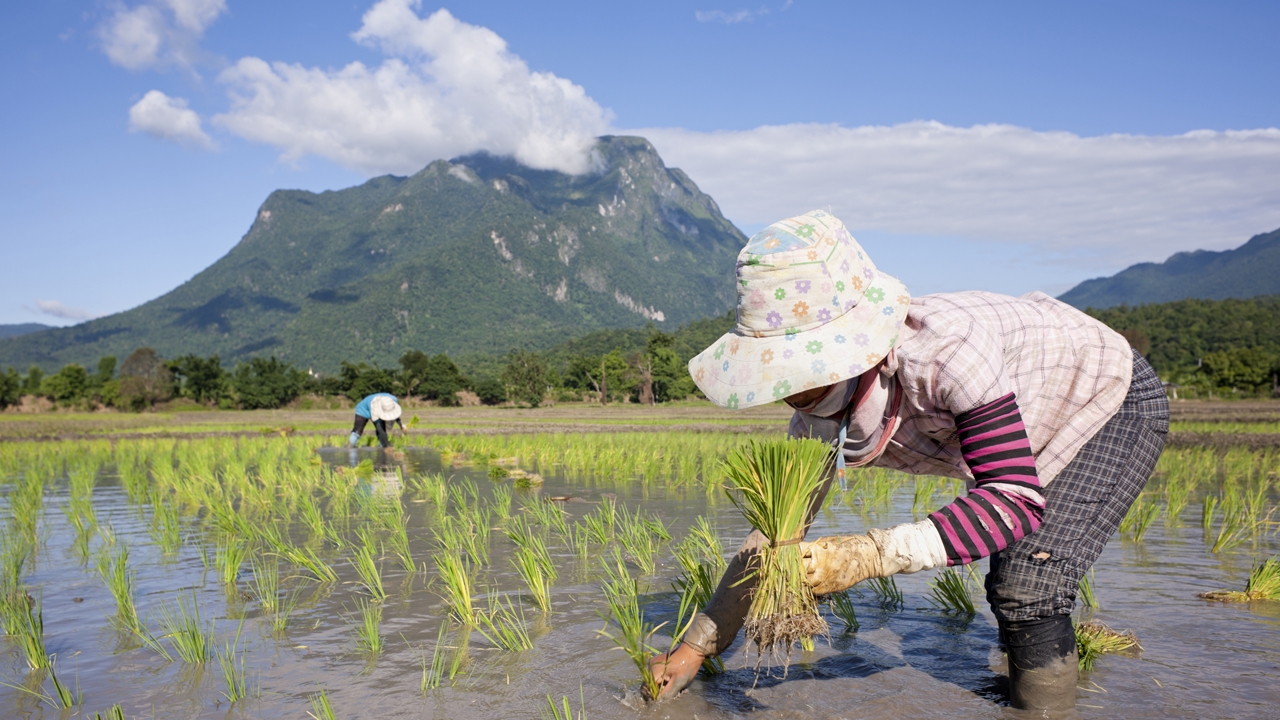
Rice production is projected to fall almost 400 million tons short of demand by 2050. With half the world’s population relying on this staple crop, the shortfall is a serious threat.
Now, a consortium of researchers from 12 laboratories across eight countries has successfully tweaked the genetic code of rice in the first step toward creating a species that can grow higher yields without any additional water. MIT Technology Review recently recognized the accomplishment as one of its ten Breakthrough Technologies of 2015. Among the researchers was Daniel Voytas, Ph.D., director of the University of Minnesota’s Center for Genome Engineering and a professor in the College of Biological Sciences. Voytas is an expert on targeted genome modification in plants — the practice of altering a specific part of a plant’s genetic code to change its physical characteristics.
Through its research, the consortium engineered rice to use a form of super-efficient photosynthesis — the process that lets plants draw energy from sunlight — in addition to its normal, less efficient version. This form, called C4 photosynthesis, boosts plant growth by better capturing and concentrating carbon dioxide in the leaves’ cells.
Building off the discovery, researchers hope to continue to modify the rice genome so that it exclusively uses C4 photosynthesis, leading to higher yields at the cost of no additional growing resources. Scientists also hope to engineer this type of photosynthesis into many other crops, including wheat, potatoes and soybeans.